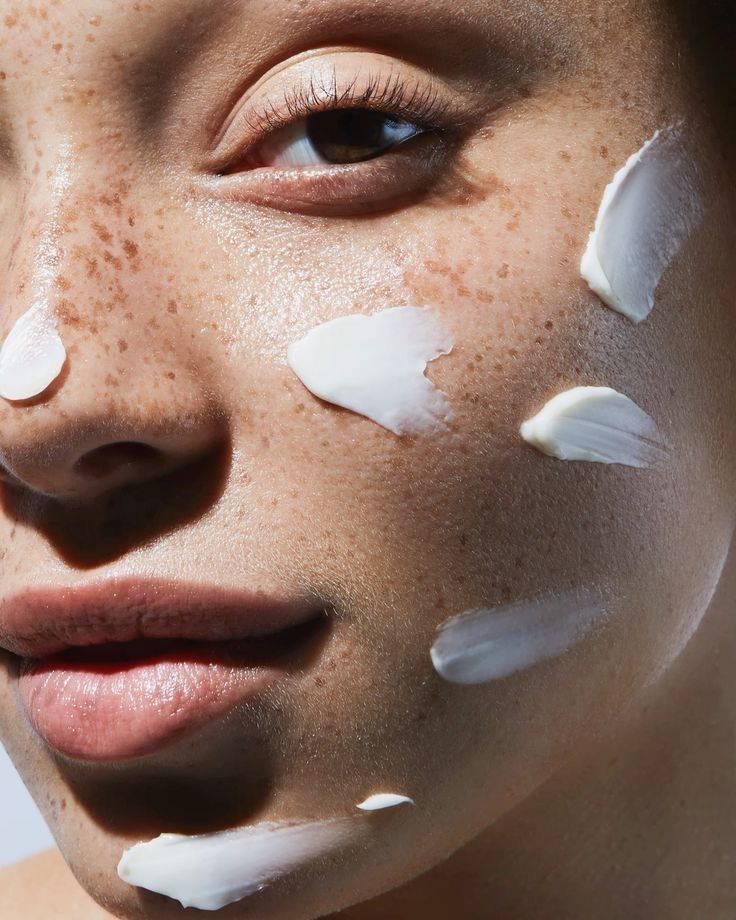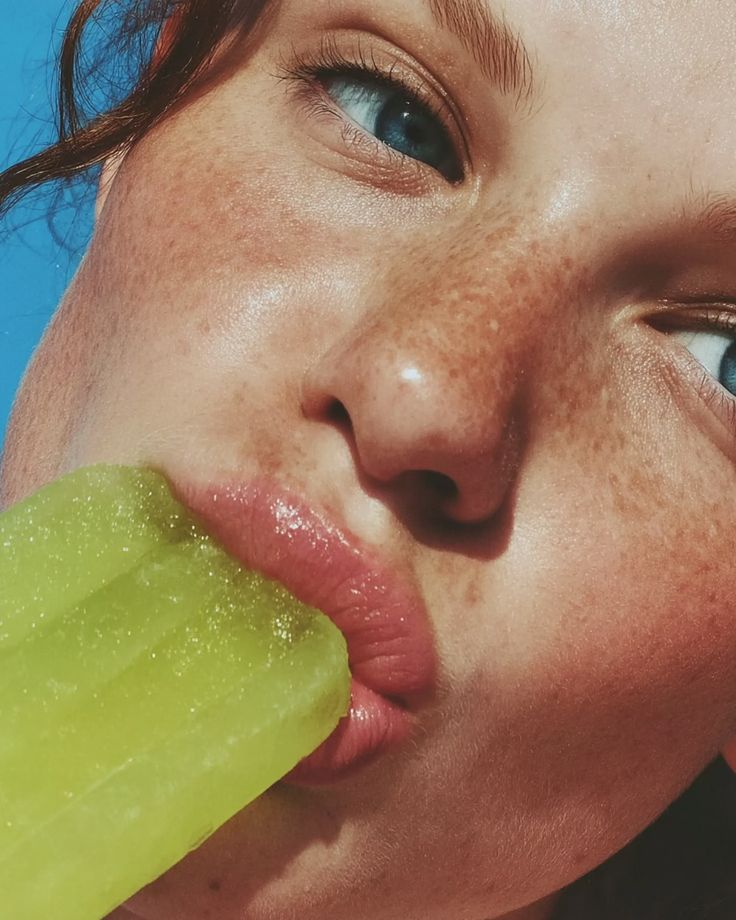Why food patterns show up on your face
Skin reflects daily rhythms. Hydration, steady energy, and enough protein support the look and feel of skin over time. This isn’t a diet plan; it’s a practical checklist for busy weeks.
Hydration: steady beats heroic
- Front-load a little in the morning, then sip through the day—comfort is about consistency, not chugging at night.
- Electrolytes (context matters): If you train hard, fly often, or live in heat, consider a light electrolyte mix; otherwise water + mineral-rich foods is often enough.
- Climate reality: AC/heater seasons increase water loss from skin; aim for small, frequent sips and a modest evening drink (so sleep isn’t disrupted).
Protein: the quiet foundation
- Why it matters: adequate protein supports tissue repair and satiety, which helps you avoid sugar spikes that can show up as oil swings.
- Make it easy: include a protein source each meal (eggs, fish, legumes, tofu, dairy or dairy alternatives). Plan 2–3 “default” meals you can assemble fast.
Smart carbs: gentler curves, steadier mood
- Pairing: combine carbs with protein/fat and fiber to blunt sharp energy swings.
- Timing: big sugary hits late at night can fragment sleep; better earlier in the day if you want a treat.
- Travel tip: pack simple snacks (nuts, fruit, yogurt) to avoid crash-and-burn airport choices.
Fats that feel good
Include sources of unsaturated fats (olive oil, avocado, nuts, fish). They help meals feel satisfying, which reduces “snack-and-scrub” evenings where you over-cleanse and over-exfoliate from stress.
Sample day (ofcourse, adjust to your culture and taste)
- Breakfast: eggs or yogurt + fruit + oats/chia; coffee after food if you get jitters.
- Lunch: grain bowl with legumes or fish, olive oil, lots of vegetables.
- Snack: nuts + piece of fruit; or hummus + veg.
- Dinner: protein + cooked veg + rice/potatoes; finish 2–3 hours before bed.
If you train
- Pre: small carb + protein (banana + yogurt) 60–90 minutes before.
- Post: protein + carbs within a couple of hours; then gentle skincare and early sleep when possible.
Travel & work weeks
- Flights: water before boarding; steady sips; simple protein-centric meal on landing.
- Meetings: keep a refillable bottle and a small snack in your bag to avoid crash choices.
Alcohol & skin: how it shows up (and how to be kinder)
Alcohol can affect skin in a few ways: it’s a diuretic (more bathroom trips, less steady hydration), it can fragment sleep, and certain drinks carry sugars or histamines that some people notice on their face the next day (flushing, puffiness, or dryness).
- Hydration reality: Alternate alcohol with water. Steady sips during and a glass before bed help more than chugging late.
- Sleep quality: Alcohol may help you fall asleep but reduces deep sleep and REM, which can show up as dullness and irritation. If you drink, aim to finish 3–4 hours before bedtime.
- What’s in the glass: Sweeter cocktails and some wines add sugar/histamines that some people feel as puffiness or flushing. Notice your patterns and choose accordingly.
- Skin signals: If you’re prone to redness/flare-ups, pace intake and keep evenings simple (no strong exfoliants or retinoids the same night).
Post-drink routine (2 minutes): Rinse or cleanse gently, apply a breathable comfort layer, and sleep in a cool, dark room. Morning after: light cleanse, hydrating layer, and daily sun protection
Myths to skip
- “Detox teas fix skin.” Your liver already detoxes. Focus on regular meals, sleep, and gentle routines.
- “Endless water cures dryness.” Helpful, but topical routines and room humidity matter just as much.
Educational only; not nutrition/medical advice. For personalized guidance, consult a qualified clinician or dietitian.

